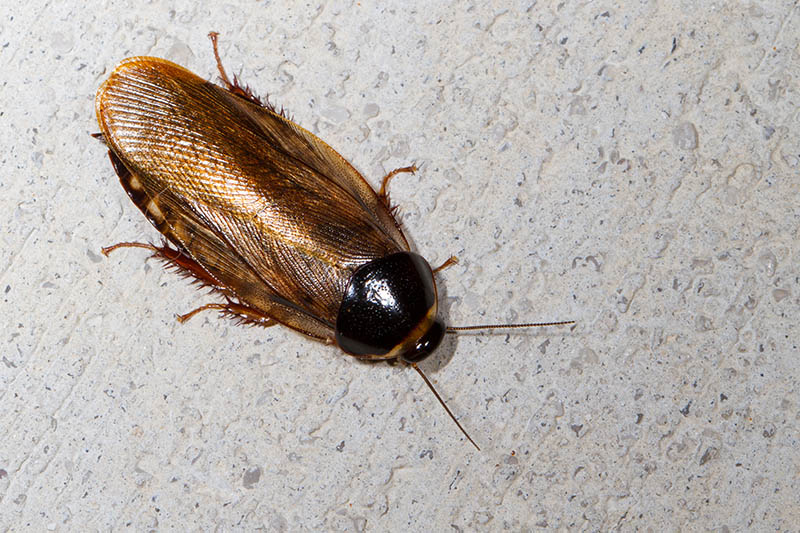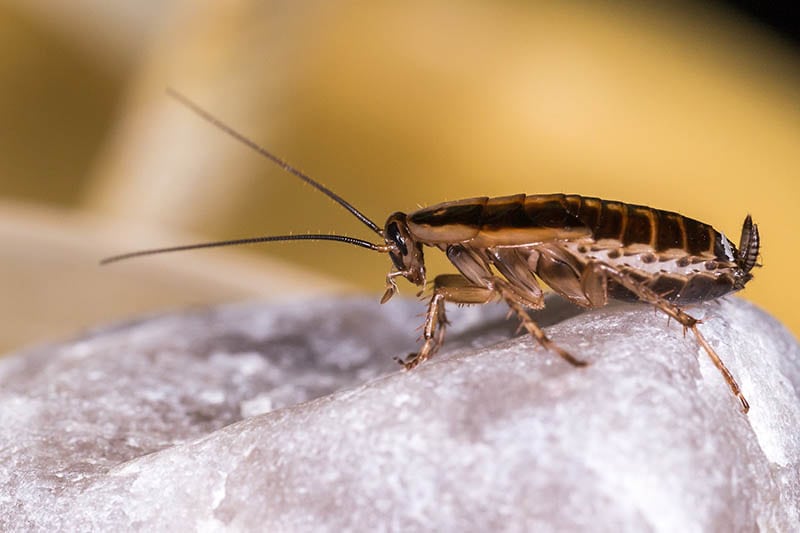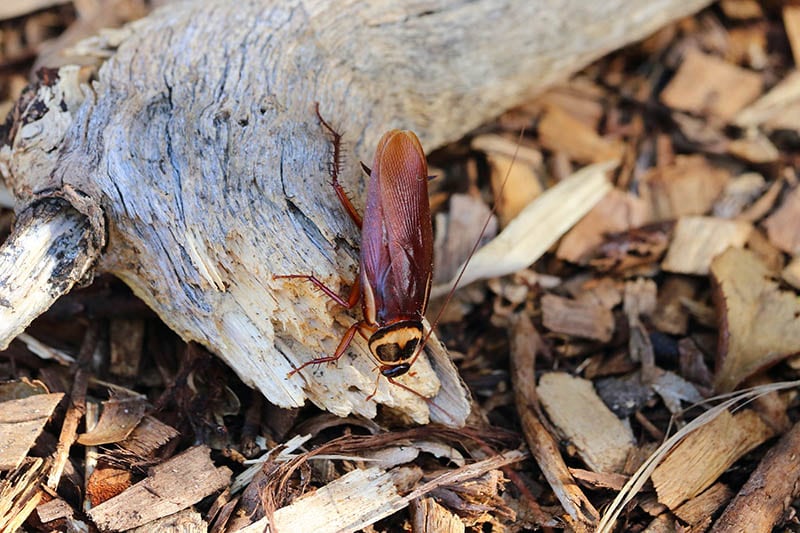What Are Florida Flying Cockroaches? 5 Interesting Facts
-
Pete Ortiz
- Last updated:

Florida’s idyllic climate is hard to resist for beach-going vacationers and anyone looking to live in gorgeous year-round weather. Unfortunately, the Sunshine State may be a little too appealing. While it is the go-to destination for the nation’s retirees, Florida’s tropical warmth attracts more cockroaches than any other state.
And volume isn’t the only concern regarding Florida’s cockroaches. Unlike cockroaches up north, many southern species will take flight, bringing a new level of terror to the already fearsome bugs! Learn what’s in store with these surprising facts about Florida’s flying cockroaches.
The 5 Facts about Florida’s Flying Cockroaches
1. Only a Handful of Florida’s Cockroaches Fly.
Not all cockroaches take flight, even if they have wings. The nation’s most common species, the German cockroach, is a fast runner, but it rarely opens its wings to lift off surfaces. Living in confined spaces as a domestic roach, it can reach food sources as easily on foot as in the air.
Similarly, the more massive American cockroach relies on its powerful leg muscles to make its way around. It can run up to 50 body lengths in one second, a little over three miles per hour, making it faster than a cheetah when accounting for scale. While it may glide from high places, you won’t see an American cockroach buzzing through the air like a bee.
That’s reassuring for most of America, but Florida is home to more cockroaches than the rest of the country, and many are much better at flying than the more widespread varieties.
- Smoky brown cockroach
- Asian cockroach
- Cuban cockroach
- Australian cockroach
Of the Florida cockroaches, the smoky brown, Cuban, and Asian species are the most likely to fly. These roaches are smaller than gliders like American and Australian cockroaches and have more developed wings. The light brown Asian cockroach is only about ½ an inch long at maturity, while the darker smoky brown cockroach is more medium-sized at 1 ½ inches long. Cuban roaches are easy to identify by their pale green exterior.
These outdoor and peridomestic roaches may fly to search for a mate or food source. When cornered, any cockroach, including an American or German roach, may use their wings to glide out of a tight situation.
2. Florida’s Heat and Humidity Make Cockroaches Want To Fly.
New York City residents have plenty of reasons to dislike the mugginess of summer, and cockroaches certainly don’t make it any more bearable. As the temperature and humidity rise, cockroaches take flight in the city’s subways. It’s unfortunate news at certain times of the season up north, but those conditions are an everyday reality for people in the southeast.
Cockroaches are ectothermic creatures that get more active as the ambient air becomes hotter and more humid. American cockroaches, for instance, tend to fly only when the temperature rises above 85°F. Florida weather is more accommodating than most areas in the United States, so cockroaches of all kinds, except for German cockroaches, are more inclined to take to the skies to look for mates, food, and shelter.

3. Cockroaches Can Fly Up to 30 feet High.
While American cockroaches have relatively limited flight capabilities, smaller cockroaches can fly to high-up and far-off places. With fully formed and functional wings, smaller smoky brown, Cuban, and Asian cockroaches can soar over 100 feet away and elevate up to 30 feet in the air.
Smoky brown cockroaches fly to take up residence in unexpected spots around the home, such as leaky roofs, gutters, and water meter boxes. Though they don’t typically live inside, they’ll make themselves at home in a warm, humid attic if food and water are readily available.
4. Cockroaches Are Attracted to Light.
The more likely the cockroach is to live inside, the less likely it is to fly. While German, Oriental, and American cockroaches might be common home invaders, they either have underdeveloped wings or no desire to fly.
The only flying cockroaches in Florida prefer to live outdoors in leaf piles, compost heaps, and mulch. But in the dead of night, they’re also likely to fly through the window of a well-lit home.
Unlike American or German roaches, which scatter and hide when the lights flick on, smoky brown, Cuban, and Asian cockroaches are attracted to many kinds of light and light colors. When it’s dark out, they’ll gladly fly into the house to land on TV screens and lamps.
Unfortunately, that doesn’t mean that bug zappers will work. Roaches aren’t attracted to UV light like moths and beetles, so the best way to protect your house is by sealing windows and entry points around the roof if flying cockroaches are a problem in your area.

5. Only Adult Cockroaches Can Fly.
Spotting a wingless cockroach around the house doesn’t necessarily mean it isn’t of the flying variety. You may simply be seeing the nymphs.
All cockroaches go through three stages of growth: egg, nymph, and adult. The nymph stage lasts several months, during which time it will molt multiple times, growing and appearing more like an adult with each transition.
As nymphs, cockroaches don’t have wings. They live for around 3–12 months before maturing, depending on the type of cockroach, so if you don’t see any wings, don’t discount its potential.
Fortunately, a nymph in the home usually won’t be from a flying species. Because most flying cockroaches prefer the outdoors, they typically won’t make a spot for breeding in the house. A nymph from an outdoor species will also rarely find its way indoors on its own. Any nymph inside is most likely from a domestic or peri-domestic species that set up an indoor colony.
Conclusion
Cockroaches in Florida fly, but that’s the last reason to worry about these oversized pests. The state’s flying cockroaches are more likely to hang around outside in leaf litter and brush, while indoor varieties will almost always rely on their legs to carry them rather than their underdeveloped wings. Keep your windows shut and your home sealed off, and these flying pests will be the least of your concerns.
Related Read:
- 5 Types of Cockroaches in Massachusetts
- 8 Types of Cockroaches in South Carolina
- 6 Types of Cockroaches in Tennessee
Featured Image Credit: Elliotte Rusty Harold, Shutterstock
Contents



